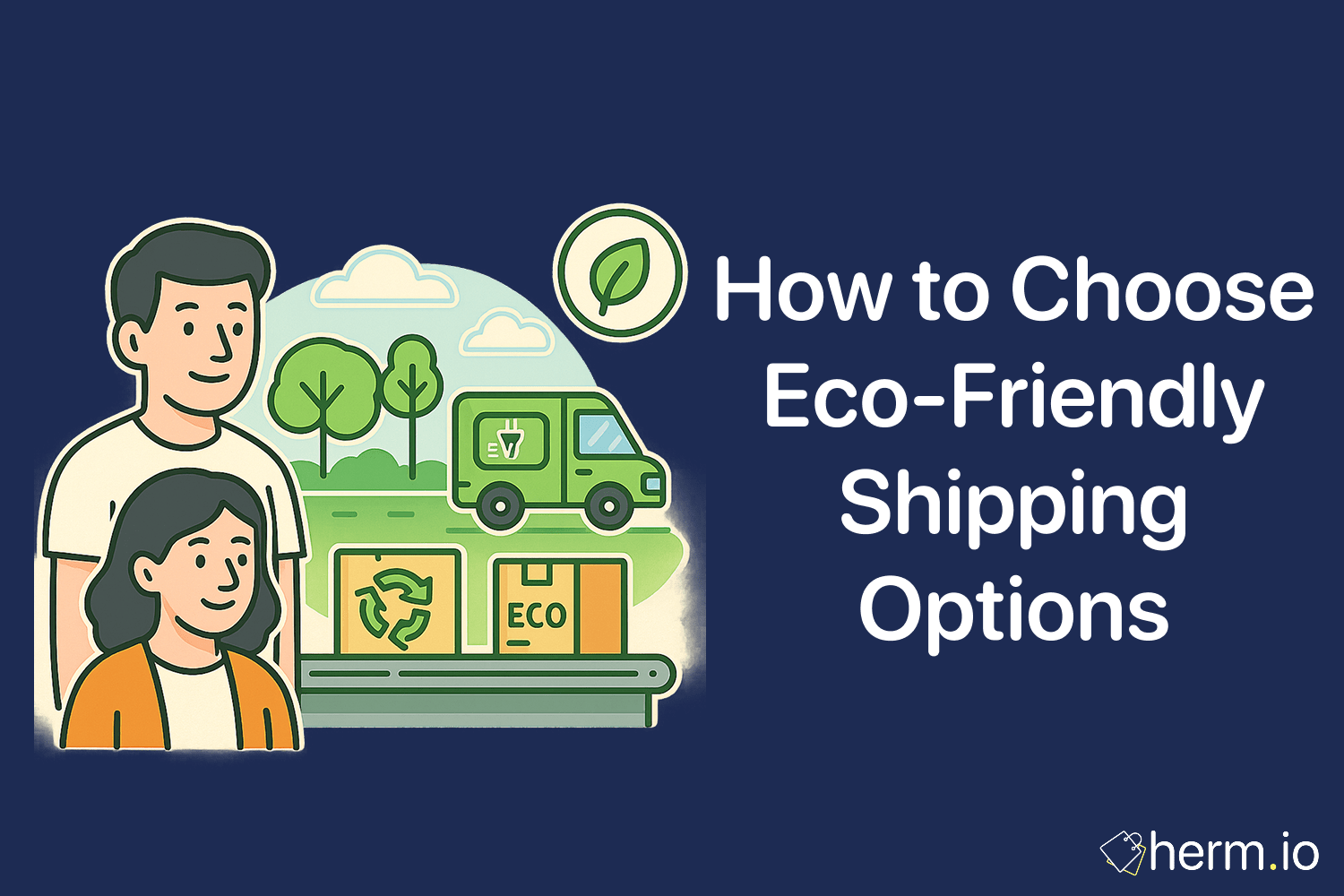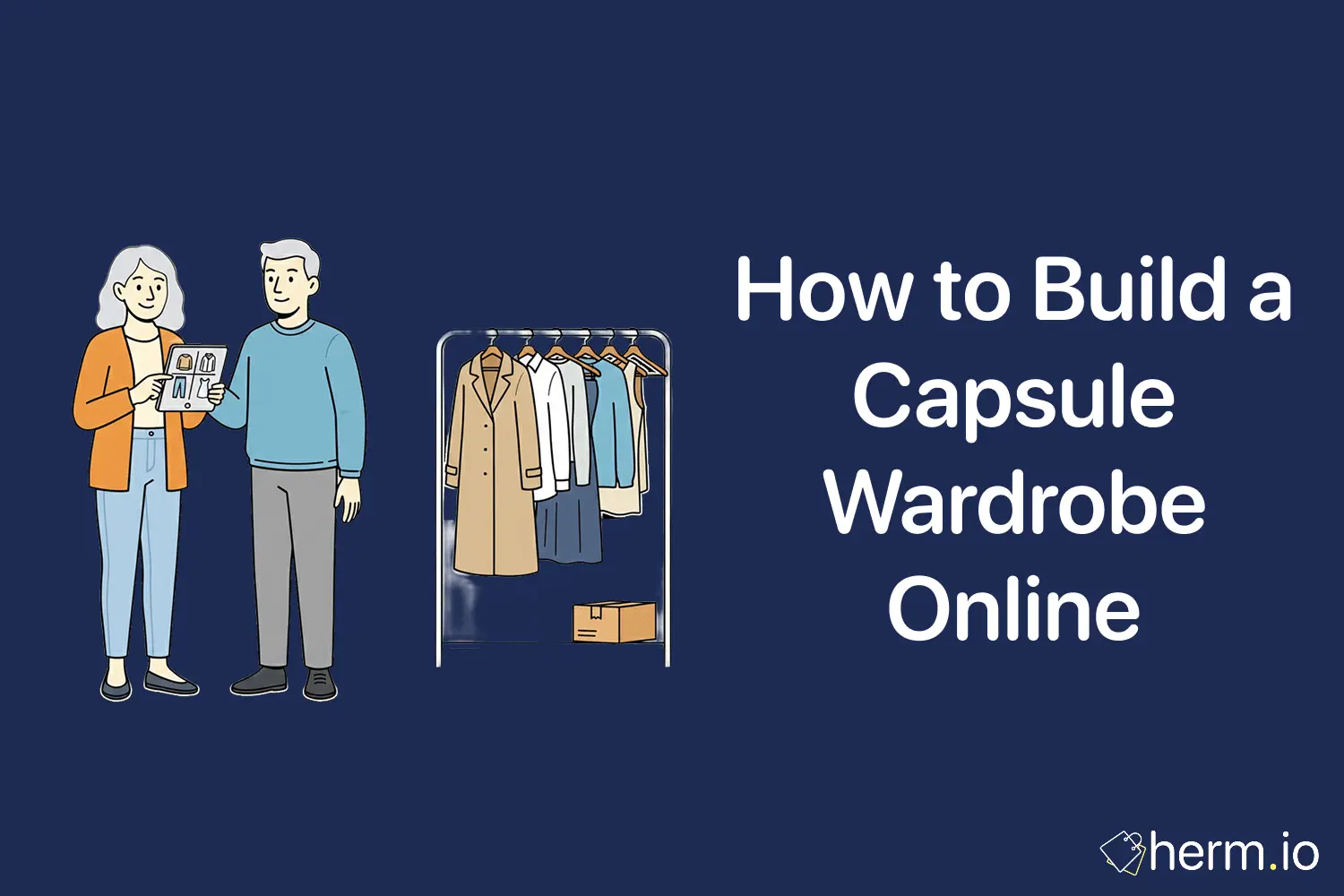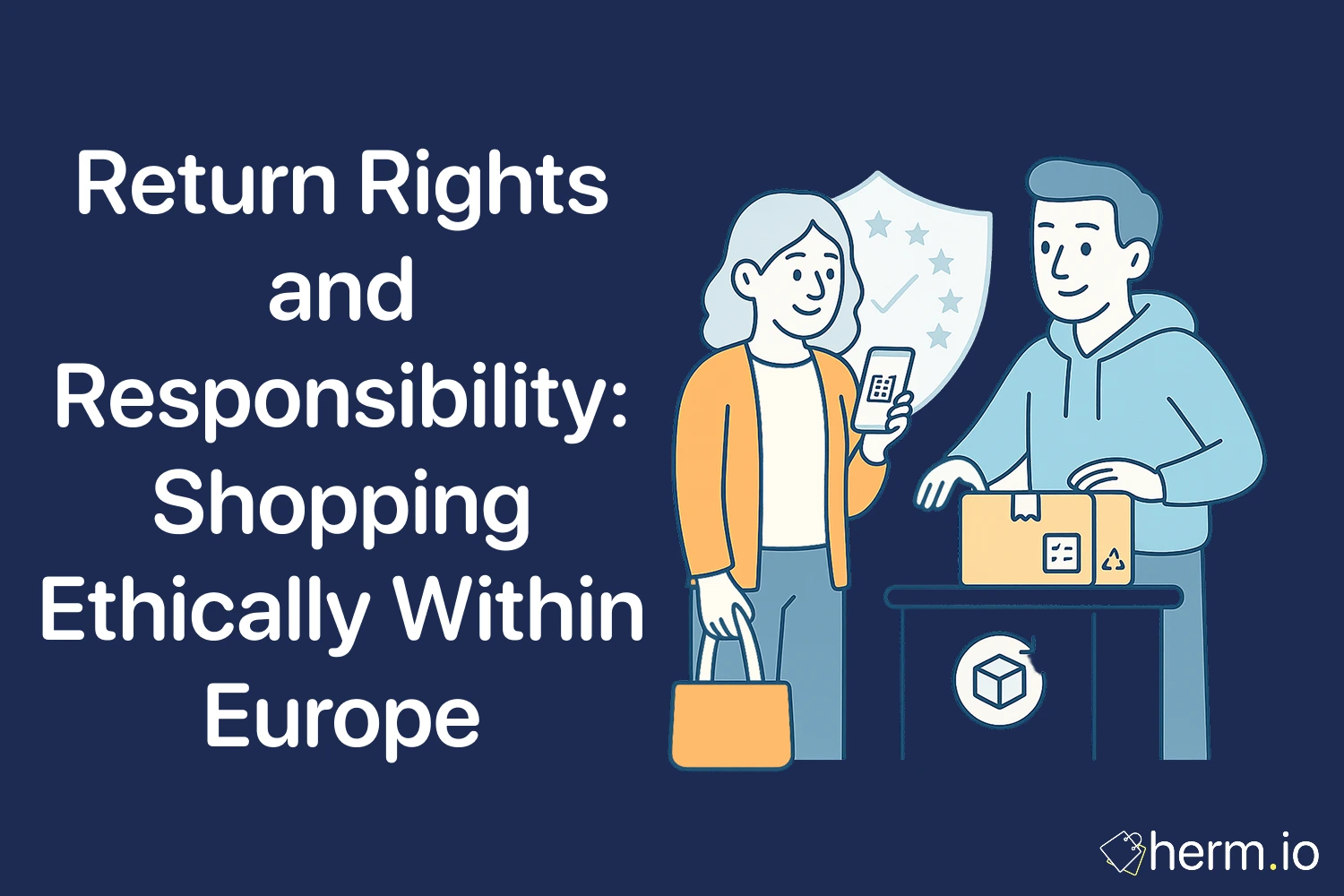
What strikes me as particularly important is how our online shopping choices ripple outward into the world. Each time we click "buy now," we're not just acquiring something we want; we're participating in a vast network of trucks, planes, and delivery vans that collectively account for nearly a quarter of global greenhouse gas emissions. Like watching patterns emerge in migration routes, I've noticed how small changes in our shipping preferences can create meaningful environmental impact.
We have a responsibility to consider the carbon footprint of our purchases, yet many of us feel caught between wanting fast delivery and caring about our planet. The encouraging news? You don't have to choose between convenience and conscience anymore.
Quick Wins: Implement These Today to Start Shopping More Sustainably
- Choose standard delivery instead of express options to reduce carbon emissions by up to 70%
- Select pickup points or lockers when available to consolidate deliveries
- Look for carbon-neutral shipping programmes offered by major retailers
- Consider slower delivery windows during checkout—every day matters
- Support brands that use electric vehicles or bike couriers in your area
Why Shipping Speed Matters More Than You Think
The relationship between delivery speed and environmental impact reminds me of watching different bird species take flight. Express shipping is like a hummingbird—fast, energy-intensive, and unsustainable over long distances. Standard shipping resembles the efficient gliding of a seagull, covering more ground with less effort.
When you select next-day delivery, retailers often turn to air freight, which produces up to 500 grams of CO₂ per tonne-kilometre compared to just 62 grams for sea freight. What's more, express orders typically travel in partially empty vehicles because there isn't time to consolidate shipments properly.
Simple Ways to Choose Greener Delivery
Embrace flexible timeframes: During checkout, pause before automatically selecting the fastest option. That jumper you fancy doesn't truly need to arrive tomorrow, does it? Choosing a 3-5 day window allows retailers to fill vehicles more efficiently and often use ground transport instead of planes.
Look for eco-friendly incentives: Many retailers now offer small discounts or loyalty points for choosing slower shipping. Patagonia, for instance, defaults to carbon-neutral delivery and clearly shows the emissions savings associated with patient shoppers.
Bundle your orders: Rather than placing separate orders throughout the week, collect items in your basket and ship them together. This simple habit can reduce your shipping-related emissions by up to 80%.
Carbon-Neutral Shipping Programmes: What Actually Works
The landscape of carbon-neutral shipping reminds me of early conservation efforts—well-intentioned but varying wildly in effectiveness. Some programmes genuinely offset emissions through verified projects; others engage in what amounts to environmental theatre.
Reliable Carbon-Neutral Options
DHL GoGreen: This programme funds certified climate protection projects, from tropical reforestation to wind farms. Each tonne of CO₂ from your shipment gets matched by verified reductions elsewhere. Look for the GoGreen option during checkout with participating retailers.
UPS Carbon Neutral: Powered by The Climate Choice, this service purchases carbon offsets verified under robust standards like Gold Standard. UPS invests these fees into solar energy development and clean cooking stoves for rural communities.
Evaluating Green Shipping Claims
What strikes me as particularly important when assessing these programmes is transparency. Legitimate carbon-neutral shipping should clearly explain which projects receive funding and provide recognised certifications. Be wary of vague promises about "environmental contributions" without specific details.
Local Delivery: The Quiet Revolution
Like observing urban wildlife adapt to city environments, I've watched local delivery methods evolve to meet both convenience and sustainability needs. The most promising developments happen close to home.
Bike and E-Courier Services
In cities across Europe, pedal-powered couriers represent a perfect marriage of speed and sustainability. These services produce zero direct emissions whilst often delivering faster than traditional vans in congested areas.
ASOS now offers "ASOS Rush: Green Edition" in major metropolitan areas, using dedicated bike couriers for under-two-hour delivery. What's remarkable is how this premium service actually reduces environmental impact compared to standard van delivery.
Pickup Points and Collection Lockers
The mathematics of pickup points fascinates me. Instead of individual delivery to dozens of separate addresses, one courier drops multiple parcels at a single location. This consolidation can reduce per-parcel emissions by up to 60%.
Zalando has embraced this model brilliantly, planting a tree for each delivery to a pickup point through their "Tree Card" initiative. The convenience factor often surprises shoppers too—collecting parcels on your way home from work eliminates the anxiety of missed deliveries.
Smart Packaging Choices That Complement Green Shipping
Sustainable shipping extends beyond transport to encompass everything that surrounds your purchase. Like examining the complete ecosystem rather than individual species, effective environmental shopping considers the entire packaging lifecycle.
What to Look For
Right-sized packaging: Retailers using on-demand box printing create containers perfectly fitted to each item's dimensions. This reduces both material waste and the vehicle space required for transport.
Recyclable materials: Seek brands using corrugated cardboard with high recycled content, or compostable mailers made from plant-based polymers. Avoid purchases that arrive wrapped in multiple layers of plastic padding.
Reusable systems: Some innovative brands experiment with returnable packaging. Though still uncommon, these models represent the future of truly sustainable commerce.
EU Retailers Leading the Way
Observing how European brands implement green shipping reveals fascinating patterns of innovation and genuine commitment versus superficial marketing.
Ikea's electric delivery zones: In Paris, London, and Amsterdam, customers in designated areas automatically receive furniture via electric vans at no additional cost. The company transparently reports on their renewable energy investments that offset remaining grid emissions.
Zalando's comprehensive approach: Beyond tree planting, they've expanded their parcel locker network specifically to reduce last-mile delivery distances whilst making collection more convenient for shoppers.
These examples demonstrate how authentic sustainability programmes create genuine value for conscious consumers rather than simply adding green-coloured tick boxes to checkout pages.
Taking Control: When to Offset Independently
For particularly environmentally conscious shoppers, some retailers offer the option to manage carbon offsets directly through your own choices rather than relying entirely on corporate programmes.
This approach requires more engagement but provides deeper control over your environmental impact. Consider calculating your approximate shipping emissions using online tools, then purchasing verified offsets from reputable providers holding Gold Standard or Verified Carbon Standard certifications.
The key lies in choosing projects that genuinely remove or prevent CO₂ emissions rather than merely promising future reductions. Reforestation in tropical regions and renewable energy development in emerging markets typically offer the most measurable impact.
Frequently Asked Questions
Does choosing slower delivery really make a significant difference?
Yes, absolutely. Express delivery typically relies on air freight and expedited transport, both burning substantially more fuel per parcel. Standard delivery allows for consolidated ground transport, potentially reducing your shipping carbon footprint by 70% or more.
Are carbon-neutral shipping programmes genuine or just marketing?
This varies considerably. Look for specific details about offset projects, recognised certifications (Gold Standard, VCS), and transparent reporting. Legitimate programmes clearly explain where your offset fees go and provide verification from independent third parties.
How can I tell if a retailer's green shipping claims are authentic?
Authentic programmes typically default to sustainable options rather than making them premium add-ons, provide specific emission reduction data, partner with recognised environmental organisations, and publish annual sustainability reports with third-party verification.
What's the most sustainable shipping option available?
The combination of ground transport to local pickup points, followed by collection on foot or bicycle, creates the lowest possible emissions. When home delivery is necessary, carbon-neutral ground shipping with consolidated loads offers the best balance of convenience and sustainability.
We have a responsibility to make thoughtful choices about how our purchases reach us. Each time you pause to consider shipping options, you're participating in a larger conversation about consumption, convenience, and care for our shared environment. What strikes me as particularly hopeful is how small, conscious decisions can accumulate into meaningful change—like individual streams eventually forming rivers that reshape entire landscapes.

Isla Penelope Brooks
I'm a British data storyteller and analytics specialist based in Munich. As a Technical University of Munich graduate, I transform complex data into meaningful insights. I'm passionate about equity in data and believe in the responsibility that comes with shaping what people see and think through marketing.

.png)








.png)

.png)
.png)
.png)